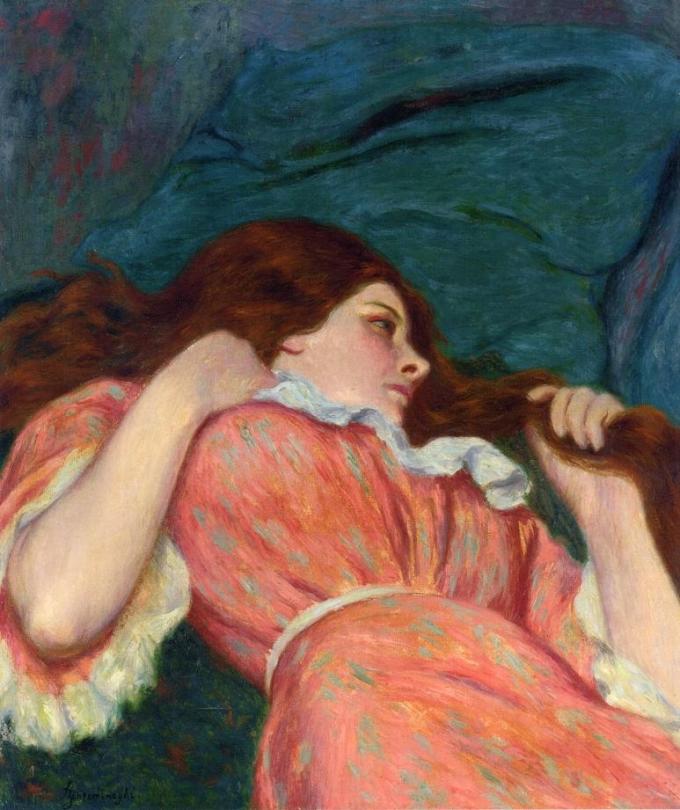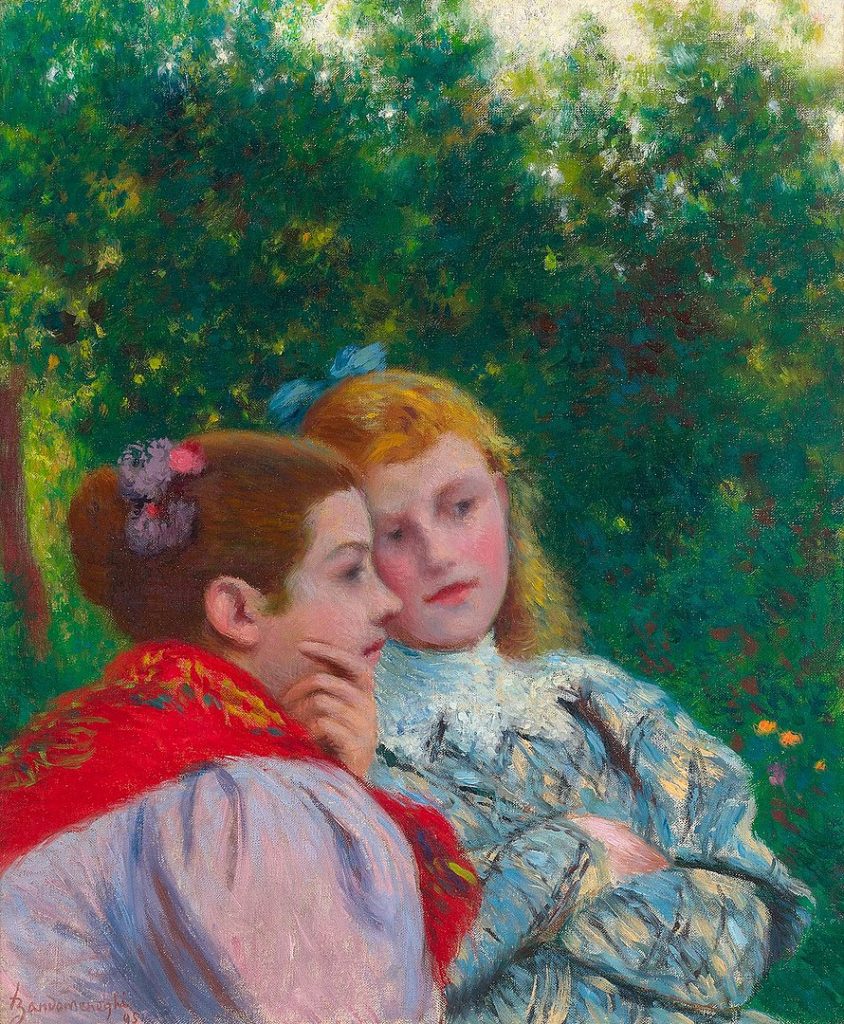
Federico Zandomeneghi (1841–1917) was an Italian painter known for his association with the French Impressionist movement and his depictions of contemporary life, particularly scenes of Parisian society. He was born on June 2, 1841, in Venice, Italy, into a family of artists.
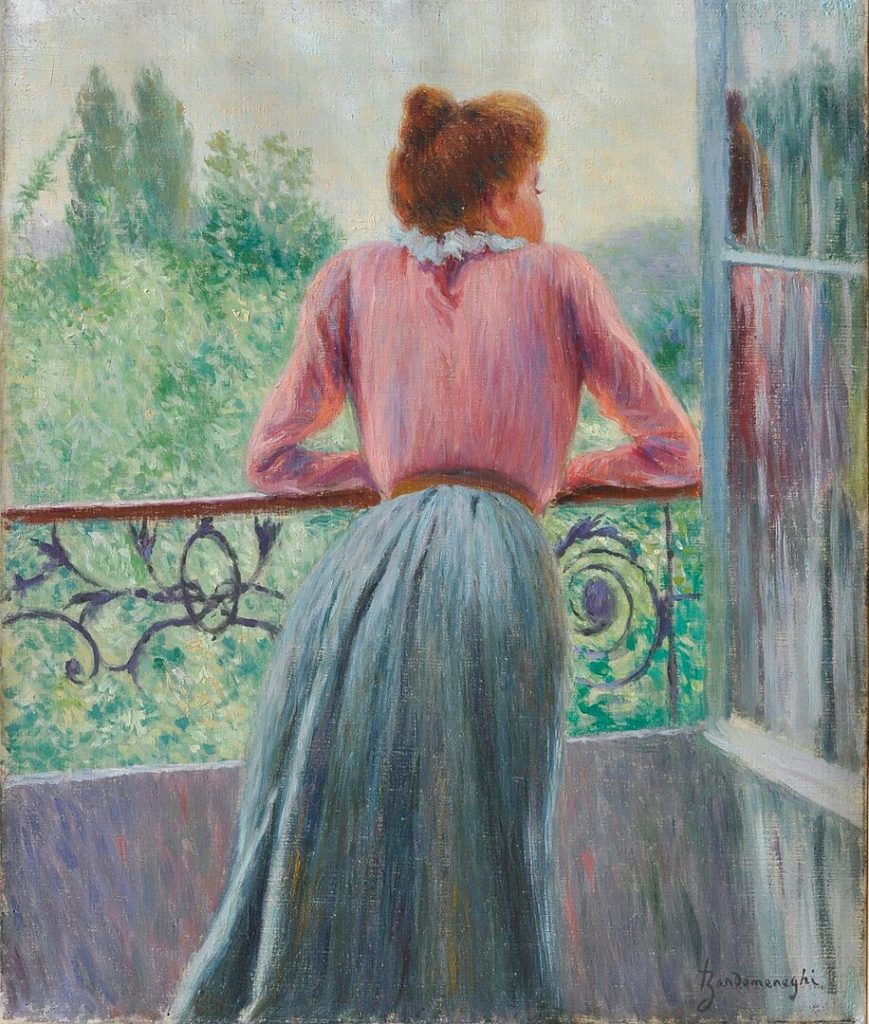
- Early Life and Training: Zandomeneghi came from an artistic background, with his father being a sculptor. He initially studied at the Academy of Fine Arts in Venice, where he developed his artistic skills. Later, he moved to Florence to study under the guidance of the prominent Italian artist Giuseppe Abbati.
- Move to Paris: In 1874, Zandomeneghi moved to Paris, a hub of artistic innovation during the late 19th century. There, he became associated with the Impressionist movement, influenced by the likes of Édouard Manet and Edgar Degas. Zandomeneghi’s work often shared themes with the Impressionists but retained a unique character.
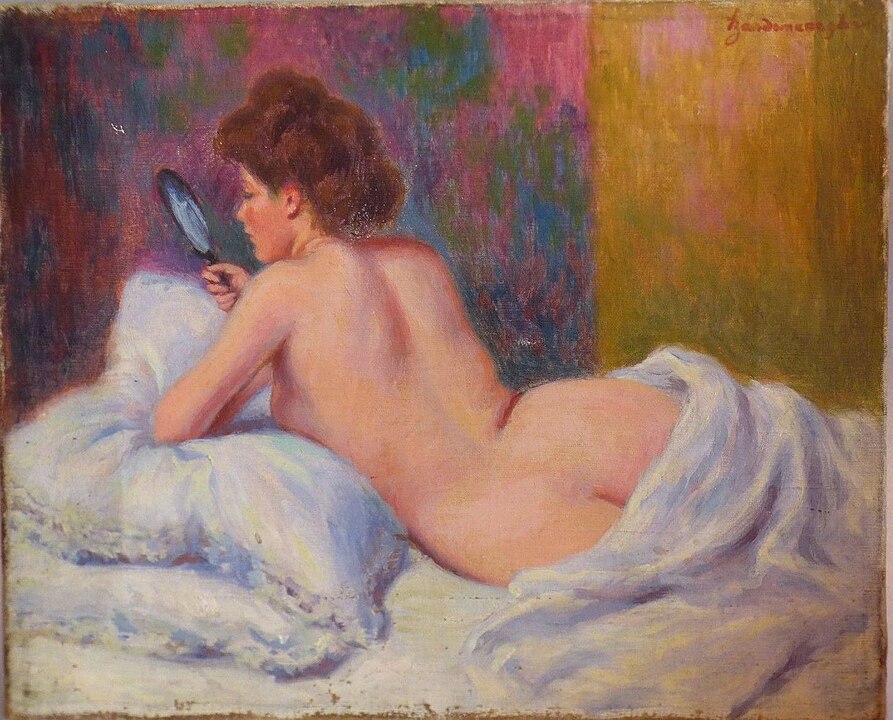
- Impressionist Connections: Zandomeneghi became friends with several key figures in the Impressionist circle, including Degas and Pierre-Auguste Renoir. His association with these artists had a significant impact on his style, and he participated in Impressionist exhibitions.
- Subject Matter: Zandomeneghi’s paintings often depicted scenes of contemporary life, particularly focusing on the lives of women in various social settings. His intimate and sometimes poignant portrayals of women engaged in everyday activities, such as dressing, reading, or socializing, were a notable aspect of his oeuvre.
- Portraiture: Zandomeneghi was also known for his portraiture, capturing the personalities of his sitters with a keen eye for detail. His portraits often conveyed a sense of naturalism and were characterized by the use of loose brushstrokes.
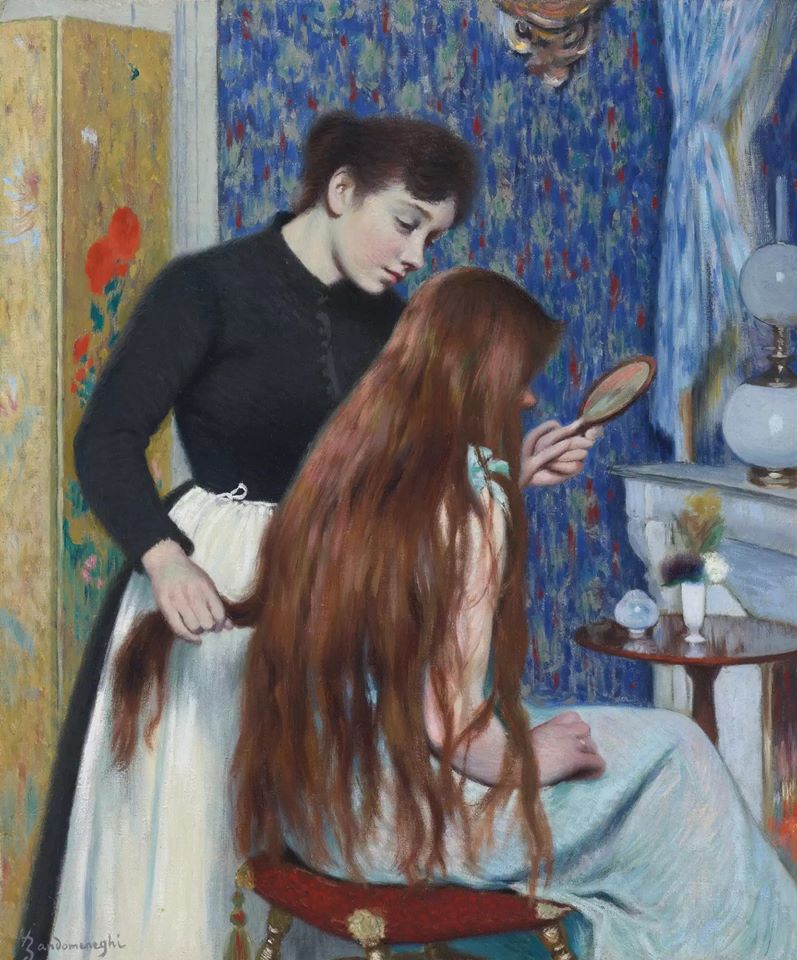
- Return to Venice: In the late 19th century, Zandomeneghi returned to Venice, where he continued to paint scenes of daily life. His later works show an evolution in style, incorporating elements of Symbolism and moving away from the more direct influence of Impressionism.
- Legacy: Federico Zandomeneghi’s contributions to the art world, particularly his involvement with the Impressionist movement, are recognized and appreciated. His paintings are held in various museums and collections, showcasing his ability to capture the nuances of contemporary life with both sensitivity and skill.
Federico Zandomeneghi passed away on December 31, 1917, in Paris. While perhaps not as widely known as some of his Impressionist contemporaries, his work remains an important part of the broader narrative of late 19th-century European art.
